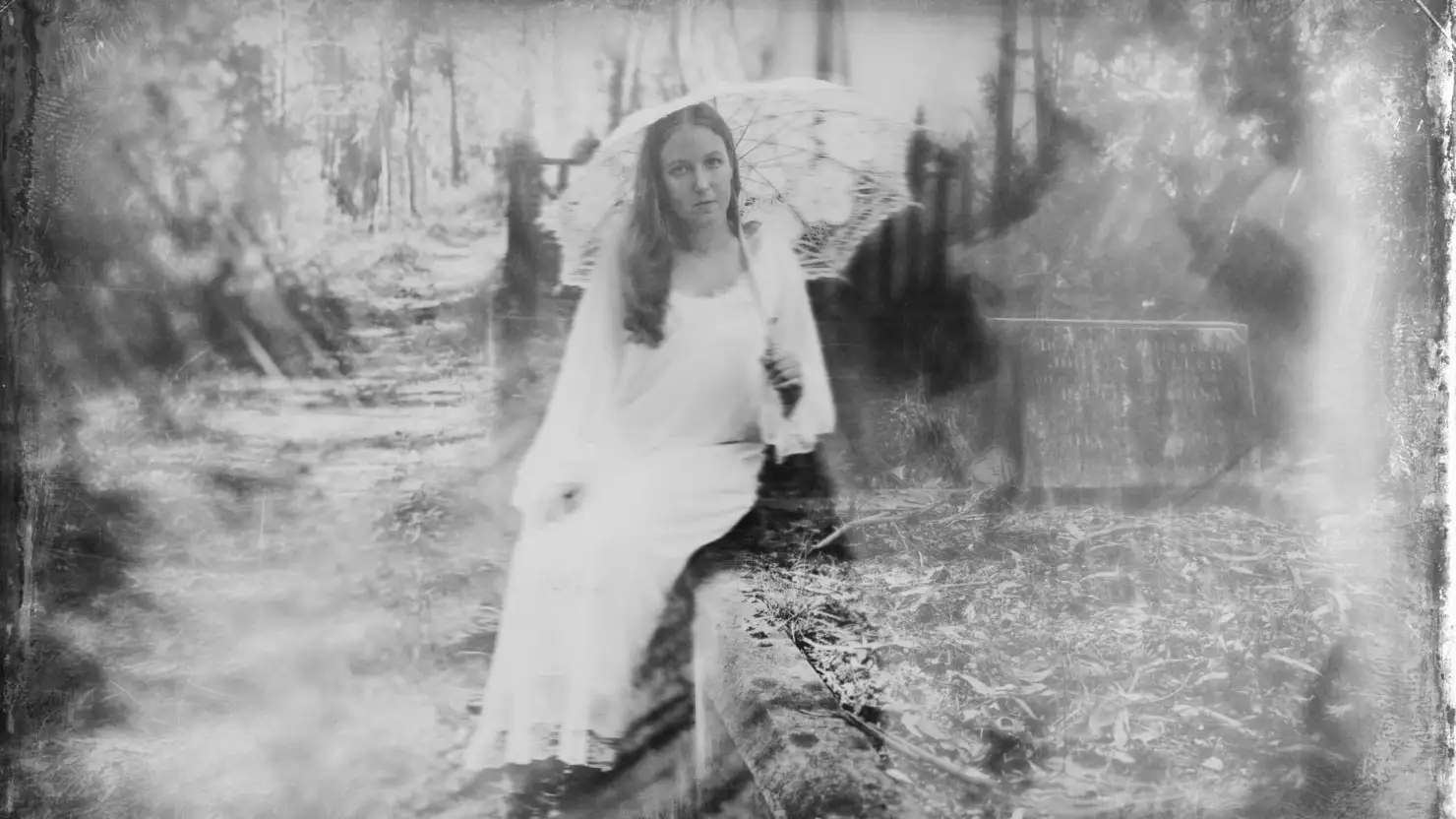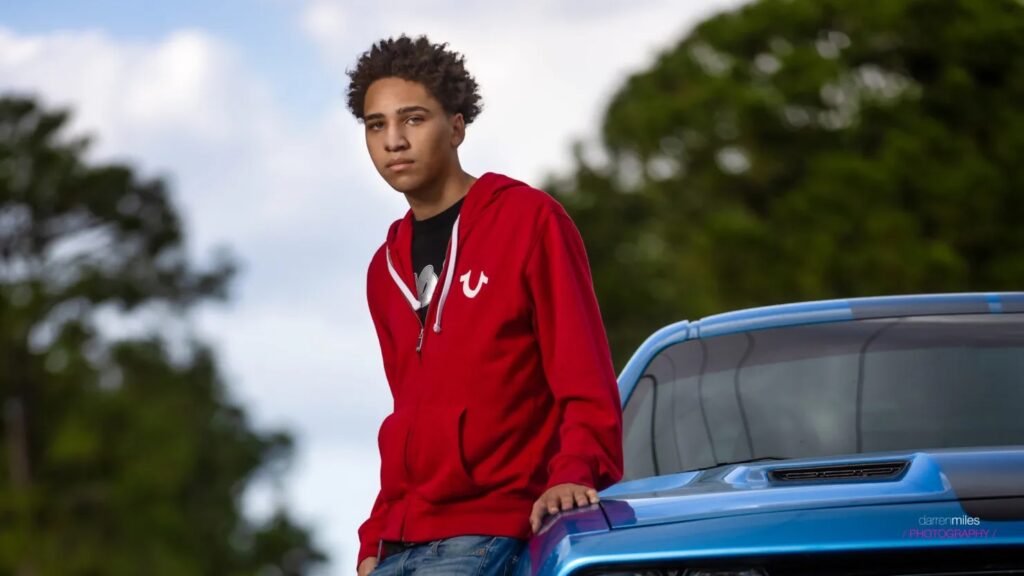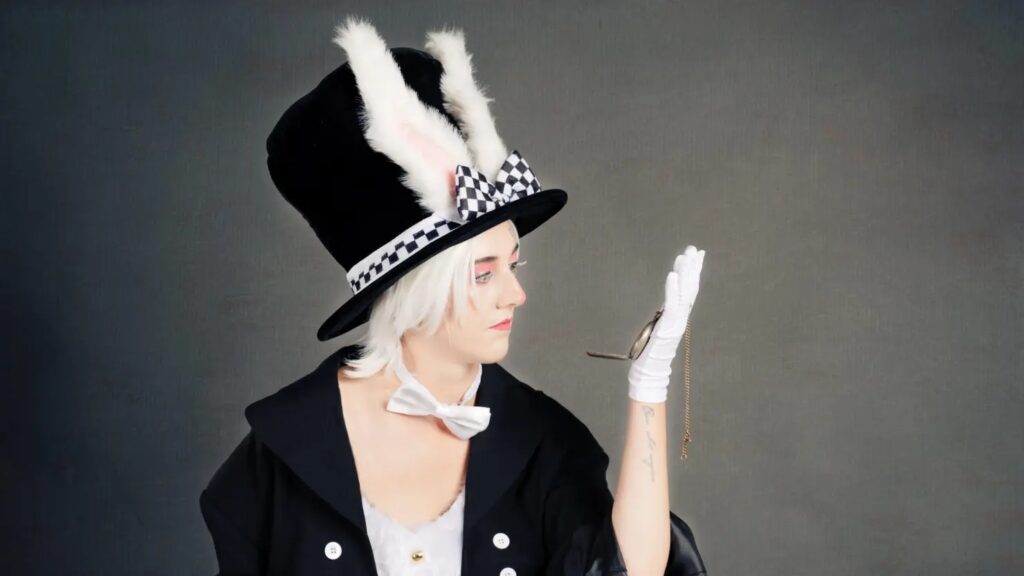
There’s a difference between taking a snapshot and creating a photograph, though: one is simply an immutable record of events, while the latter allows the photographer to express their vision and creativity through visual medium. To truly make art through photography, one needs to give themselves permission to experiment freely and accept that sometimes failure might occur.
As we learn a new skill, there can often be pressure to master it on our first attempt. We fear making mistakes and fear what others may think if we fail; yet failure is part of the learning process and must not be avoided at any cost.
Every great photographer has made mistakes, taken subpar shots and experienced moments of self-doubt – but the difference between them and someone who gives up is they didn’t let these failures stop them from experimenting and pushing themselves to improve.
To advance your photography to the next level, it’s essential that you allow yourself to experiment. Set aside time each week for experimentation with camera settings and techniques as well as taking risks; not every shot needs to be perfect either – playing opens up new creative avenues and helps strengthen skills over time. The more often you play, the greater your knowledge will grow along with it!
Make yourself a Challenge One way to give yourself permission to experiment creatively is to set yourself a challenge. Decide upon an area or style you would like to explore and allot a set amount of time to produce photos in response.
At first, setting goals may seem daunting – you might wish to shoot 10 black-and-white street portraits every week or create abstract images using only natural light – but setting specific goals gives yourself an effective framework and allows room for experimentation and creativity.
My goal was to capture some creepy vintage-looking paranormal images with ghostly specters using techniques like double exposure with vintage wet plate look. Unfortunately my Sony A7RIII does not allow in-camera double exposures so I had to get creative. Two different 80mm lenses (Sony 85mm Portrait lens for sharp images, Lensbaby Sweet80 for soft blurry dreamy ones and Lensbaby Sweet80 for dreamy blurry images) were used. These images were then combined together in Photoshop before applying Nik Analogue Effects with double Exposure too as well as adding Weplate look alongside light leaks dust and scratches for added vintage wet plates look effects and light leakage effects for added effects and light leaks for effects & scratches for added effects & dust/scratch effects!
Break the Rules
One way to give yourself permission to have some fun with photography is to break its conventions and guidelines – like the rule of thirds or sharp focus – which have long been taught as guidelines. Sometimes breaking these can result in more interesting, dynamic images.
Try deliberately breaking one or two rules on your next photoshoot to see what unfolds. For instance, blur your subject intentionally to create the illusion of movement or frame your shot differently for an abstract effect.
However, giving yourself permission to play also involves being willing to fail. Not every experiment will result in stunning photos – that’s OK; mistakes and failures provide some of the greatest learning experiences. When an image doesn’t turn out as planned, don’t become discouraged but take time instead to assess why something went wrong and how you could change things up next time.
My Challenge
My goal with my challenge was not to achieve perfect focus and aim instead for soft blurry images which only hinted at solid forms – something which would be unthinkable from an established portrait photographer! So after positioning my model with 85mm lens I took one photo, then switched cameras/lenses for sweet80 shot before finally moving them out of frame so as to take another shot with each lens without them in.
Of course, sometimes I prefer having just my face in focus; however, old habits die hard and so this time around I was trying to get as much in focus as possible; the 85mm proved much more adept for this task while my Sweet80 camera fell short; although its use for model shots made the Sweet80 an invaluable asset.
Feedback One way to learn from failures is to share them with other photographers, either through joining a photography community or sharing your work on social media. Seeking out supportive and encouraging communities like our Photofocus Community may provide invaluable feedback and constructive criticism that you may not otherwise receive.
Feedback that encourages artistic growth rather than simply highlighting mistakes can be the most helpful.
My peers (and students) were delighted that they actually liked my final images. Many commented on how my willingness to challenge myself often inspires them as well. Whereas before, I might have punished myself for failing the first time around, now I take everything as an opportunity for growth – both positive and negative experiences alike!
Allowing yourself to have some fun with photography is key if you want to develop as an artist. That means being open-minded enough to experiment, take risks, and break rules when necessary; also recognizing that not every shot may turn into a masterpiece and that is perfectly OK.
Play and experimentation will enable you to learn new skills and techniques, as well as form your own distinctive style and vision. So give yourself permission to enjoy yourself, play freely and explore; the experience could prove extremely enriching – at the very least it should be enjoyable!



